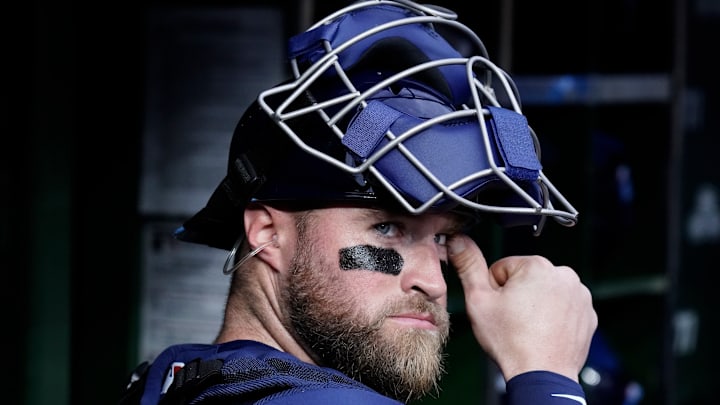Andrew Knizner
Andrew Knizer spent his career in the St. Louis Cardinals’ system since being drafted in 2016. Given that he was playing, first, behind Yadier Molina and, then, Willson Contreras, Knizer did not had many opportunities. The 29 year old slashed .241/.288/.424 and hit 10 homers in 70 games, an improvement over his previous offensive numbers.
It’s open to debate, however, if serving as a backup catcher would be a good fit for Knizer given his relative youth and experience.
Still, take a look.
He’s played six games at Chase Field in which he earned a 239 OPS+.
Defense is not his calling card (he has below-average framing). That said, he spent part of his career under the tutelage of Molina, which is no small thing.
In January 2023, he avoided arbitration with the Cardinals by agreeing to a $1.1 million contract; he was nontendered in November and is expected to earn around $2 million in 2024.
